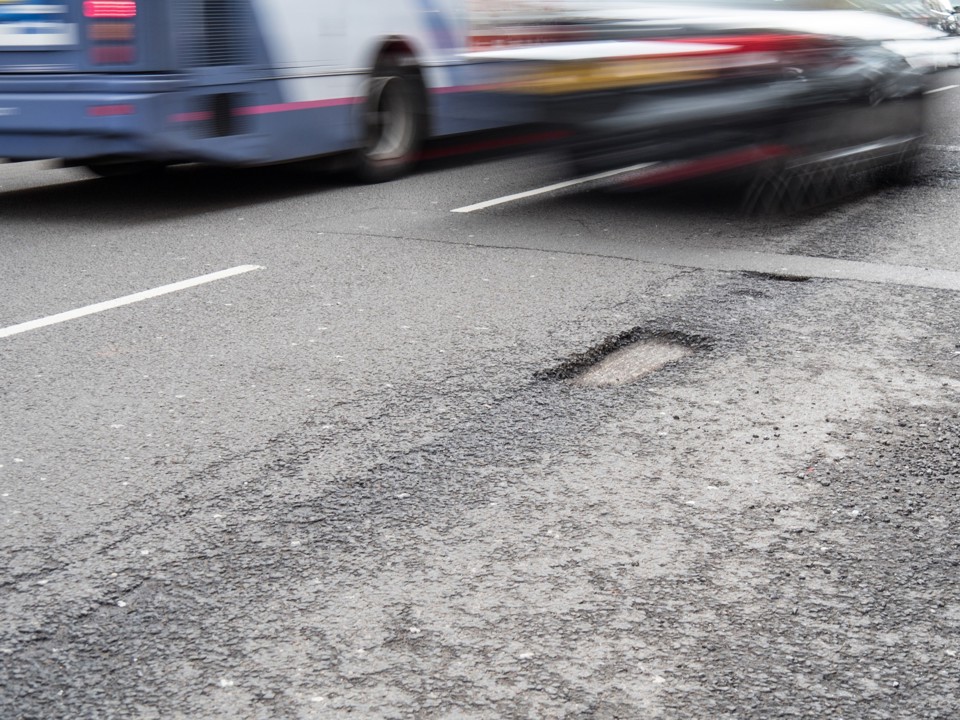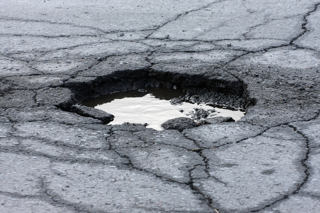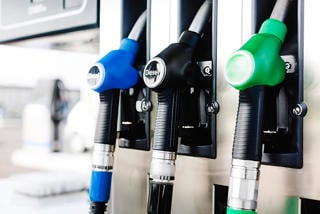The number of vehicles requiring recovery due to pothole damage has increased rapidly according to the RAC.
It rescued almost 3,500 motorists with pothole damaged cars in the first quarter of 2020, an increase of 64% on Q4 2019.
The number of cars damaged by potholes requiring recovery, between January and March, is 4.5% higher than in the same period last year, despite the Coronavirus lockdown reducing the number of vehicles on the road in the last nine days of the March.
Breakdowns resulting from damaged shock absorbers, broken springs and distorted wheels - that are most likely to be attributable to poor road surfaces - made up 1.6% of all the RAC’s call-outs for its individual members. This was considerably up on Q4 2019 when the figure stood at 0.9% and marginally up on the same period a year ago – 1.5%.
The RAC’s Pothole Index suggests the overall standard of the roads has improved a little as the Index currently stands at 1.6, down from 2.3 in the same period last year and slightly down on Q4 2019 (1.7). This does mean however that drivers are still 1.6 times more likely to break down as a result of pothole-related damage than they were back in 2006 when the RAC first started collecting data.
RAC head of roads policy Nicholas Lyes said: “The jump in pothole-related breakdowns from the last three months of the year to the first quarter of the next year is always the largest as winter weather has the greatest effect of all in wearing down our roads.
“Many parts of the country suffered very wet weather conditions throughout February. It’s still likely that the storms and floods were major factors in why the number of pothole-related breakdowns was higher than the same period last year.
“In his Budget in March, the Chancellor committed to funding our local roads and it is clear that the economic recovery as the UK emerges from the COVID-19 pandemic will need to be built on solid infrastructure – which of course needs to include good quality roads.
“Moreover, it will also be interesting to see if lower traffic volumes during the UK’s lockdown will help prevent further deterioration of roads as fewer wheels going over weaknesses in the asphalt should contribute to less surface wear.”





















Login to comment
Comments
No comments have been made yet.